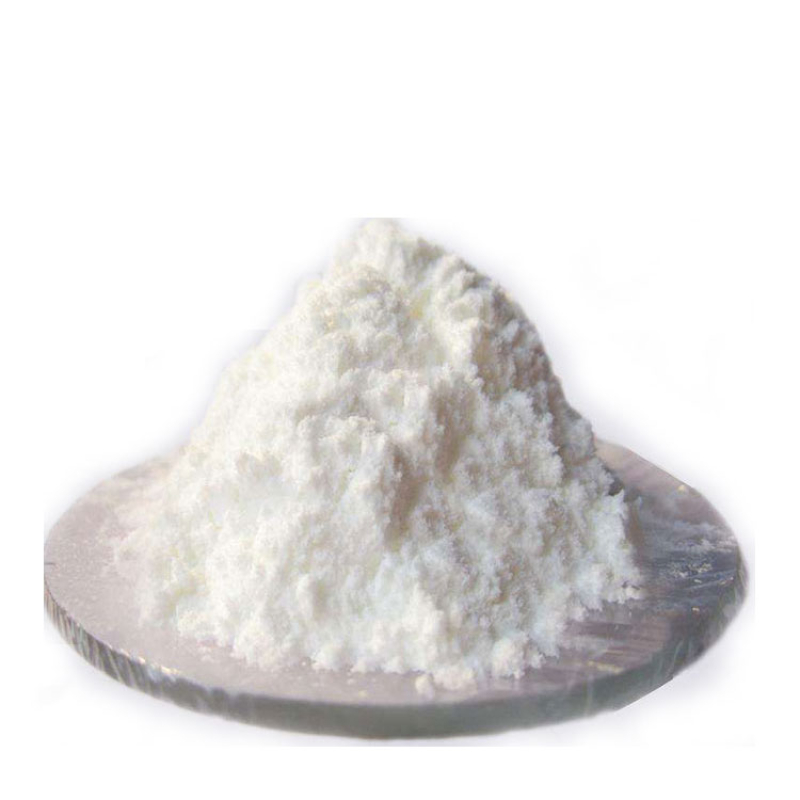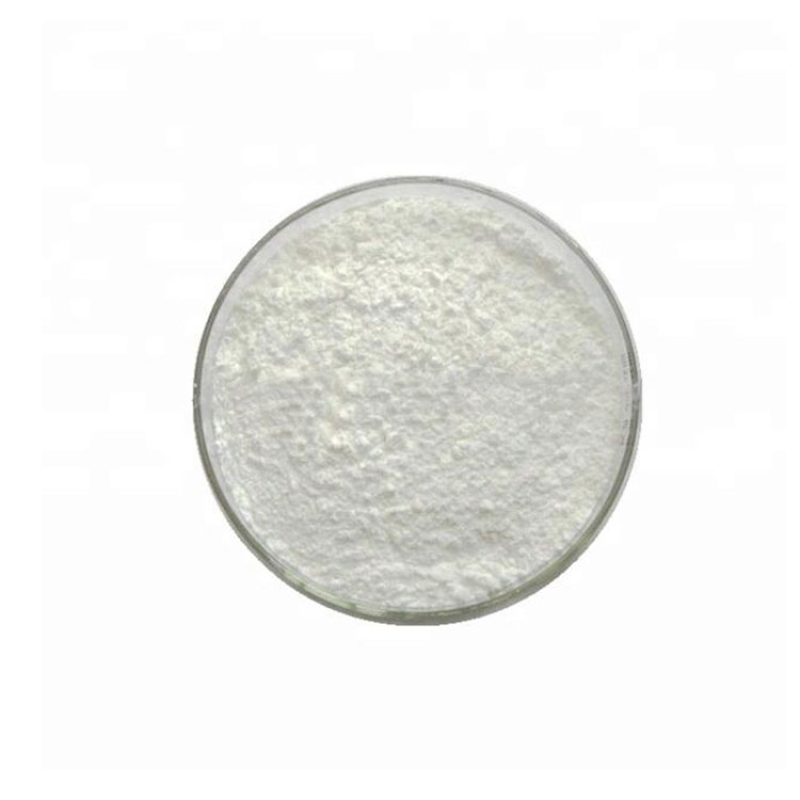Products Description of CETEARYL ALCOHOL CAS#8005-44-5Cetostearyl alcohol is in the form of white granules, flakes or blocks, has a greasy smell, and is a transparent oily liquid after melting.
Contact Now
Products Description of Benzyl alcohol CAS#100-51-6Benzyl alcohol, also known as benzyl alcohol, has a molecular formula of C6H5CH2OH and a density of 1.045 g/mL at 25°C (lit.). It is the simplest fatty alcohol containing phenyl groups and can be regarded as hydroxymethyl-substituted benzene or phenyl-substituted methanol. It is a colorless, transparent, viscous liquid with a faint aromatic odor. Sometimes, after being left for a long time, benzyl alcohol will have a slight smell of bitter almonds due to oxidation.
Contact Now
Products Description of Isopropyl alcohol CAS#67-63-0Isopropyl alcohol, also known as fire wine, is the simplest secondary alcohol and one of the isomers of n-propyl alcohol. It is a colorless, flammable liquid with a strong odor, similar to the mixture of ethanol and acetone, but not very odorous. It is soluble in most organic solvents such as water, alcohol, ether, benzene, chloroform, etc. It is miscible with water, alcohol, ether, and can form an azeotrope with water.
Contact Now
Products Description of Isopropyl alcohol CAS#67-63-0Isopropyl alcohol is also known as fire wine, dimethyl methanol, 2-propanol, English: isopropylalcohol, the simplest secondary alcohol, and one of the isomers of n-propanol.A colorless, flammable liquid with a strong odor, similar to the smell of a mixture of ethanol and acetone, but not very strong. It is soluble in most organic solvents such as water, alcohol, ether, benzene, chloroform, etc., and can be miscible with water, alcohol, ether, and can form an azeotrope with water.
Contact Now
Products Description of Sodium Oleate CAS#143-19-1Sodium oleate, also known as sodium octadecenoate, cis-9-octadecenol, oleyl alcohol, cis-9-octadecenol, (Z)-octadecenol, olive oil alcohol, cis-9-octadecen-1-ol, 9-n-octadecenol, octadecenol. It is an organic oil with the chemical formula C17H33CO2Na. Sodium oleate is the main component of soap made from olive oil and tallow soap. It can also be made by reacting sodium hydroxide with oleic acid. It is a compound composed of a hydrophobic group and a hydrophilic group.
Contact Now
Products Description of Sodium Oleate CAS#143-19-1Sodium oleate, also known as sodium octadecenoate, cis-9-octadecenol, oleyl alcohol, cis-9-octadecenol, (Z)-octadecene-9-enol, olive oil alcohol, cis -9-Octadecen-1-ol, 9-n-octadecenol, octadecenol. It is an organic oil with the chemical formula C17H33CO2Na. Sodium acid acid is the main component of soaps made from olive oil and other soaps. It is also the main component of tallow soap. It can also be produced by the reaction of sodium hydroxide and oleic acid. It is a compound composed of hydrophobic and hydrophilic groups.
Contact Now
Products Description of Poly(vinyl alcohol)CAS#25213-24-5White powderPoly(vinyl alcohol) Chemical PropertiesMelting point >300 °CEPA Substance Registry SystemVinyl acetate vinyl alcohol polymer (25213-24-5)Safety InformationRisk Statements 23/24/25-36/38-39/23/24/25Safety Statements 26-36/37-45WGK Germany 1RTECS TR8100000 Factory and Equipment ShowFast delivery timeInventory 2-3 working days New production 7-10 working days
Contact Now
C18H36O CAS#143-28-2 Product Introduction:Meet Pure Oleyl Alcohol, scientifically identified as C18H36O and registered under the CAS#143-28-2. This Light yellow oily liquid is a critical component in a myriad of industries, offering versatility and reliability.
Contact Now
Products Description of Sodium amide CAS#7782-92-5Sodium amide, also known as sodium amide or sodium ammonia, is a white or olive green crystalline powder with an ammonia smell. Its chemical formula is NaNH2, its molecular weight is 39.01, its melting point is 210℃, and its boiling point is 400℃. It decomposes into sodium, nitrogen and hydrogen when heated to 500-600℃. It reacts violently with water to form sodium hydroxide and release ammonia gas. It is slightly soluble in liquid ammonia and reacts slowly with alcohol.
Contact Now
5-Methyl-1H-benzotriazole CAS#136-85-6The pure product is usually white to off-white granules or powder, but the actual product may vary slightly due to factors such as purity.Melting point: 80-86℃.Solubility: Hardly soluble in water, soluble in organic solvents such as alcohol, benzene, toluene, chloroform, and also soluble in dilute alkali solution.
Contact Now
Products Description of Titanium tetrachloride CAS#7550-45-0Titanium tetrachloride is the most important titanium halide and an important raw material for the production of titanium sponge and chloride-process titanium dioxide. Pure titanium tetrachloride is a colorless, transparent, high-density, non-conductive liquid with a chemical formula of TiCl4 and a relative density of 1.726. The melting point is -25°C and the boiling point is 136.4°C. It has a pungent sour taste and is easily hydrolyzed, generating white smoke in humid air. It dissolves in water and decomposes at the same time.
Contact Now
Products Description of 1,4-Benzoquinone CAS#106-51-4Parabenzoquinone is a quinone organic compound. Pure parabenzoquinone is a bright yellow crystal with a pungent smell similar to chlorine. Impure samples are often due to 1 :1 charge transfer complex) exists and the color is dim.
Contact Now
Products Description of Formaldehyde CAS#50-00-0Formaldehyde is the simplest aldehyde molecule with active chemical properties and certain toxicity. At room temperature, it is a colorless gas with a pungent odor, which easily undergoes polymerization to form polyformaldehyde. Formaldehyde is easily soluble in water, alcohol and other organic solvents.
Contact Now
Products Description of Bismuth trioxide CAS#1304-76-3Yellow monoclinic crystals. Soluble in acid, insoluble in water and alkali. Can be reduced by carbon and hydrogen. Made by heating and decomposing bismuth nitrate. Used to make metallic bismuth, catalysts and bismuth oxide superconductors.Bismuth oxide is also known as "bismuth trioxide". Pure products include α-type, β-type and δ-type. α-type is yellow monoclinic crystal with a relative density of 8.9 and a melting point of 825℃. It is soluble in acid but insoluble in water and alkali.
Contact Now
Products Description of Bis-phosphonic acid tetrasodium salt CAS#3794-83-0This product is a brown-yellow viscous liquid. Relative density (20°C) 1.40. Pure product melting point 198-199°C, soluble in water and ethanol.
Contact Now
Products Description of Nickel carbonateCAS#3333-67-3Nickel carbonate is a light green crystal at room temperature. It is almost insoluble in water, more soluble in water containing CO2 than pure water, soluble in ammonia water and dilute acid, and insoluble in cold concentrated hydrochloric acid and nitric acid. When strongly heated in the air, it generates oxides. It reacts with ammonium chloride solution to produce CO2 and NH3, leaving nickel chloride (II) solution.Nickel carbonate is an important nickel compound.
Contact Now
Products Description of Methanol CAS#67-56-1Methanol, also known as "wood alcohol", is an organic compound and the simplest saturated monohydric alcohol. It is a colorless, transparent, flammable, volatile toxic liquid. Ingestion of 5 to 10 ml can cause blindness, and drinking a large amount can lead to death. Methanol is non-corrosive to metals at room temperature (except lead and aluminum) and has a slight alcohol smell.
Contact Now
Products Description of Potassium Hydrogen Phthalate CAS#877-24-7Potassium Hydrogen Phthalate is an organic compound that appears as a white crystalline powder. It is stable in the air, soluble in water, and slightly soluble in alcohol.
Contact Now
Monoethanolamine CAS# 141-43-5Ethanolamine is a variety of viscous hygroscopic amino alcohol incorporates each amine and alcohol chemical groups. It is extensively dispensed interior the physique and is a thing of lecithin. It has many sorts of industrial applications. For example, it can be used in the manufacturing of agricultural chemical compounds such as ammonia as properly as the manufacturing of prescription drugs and detergents. It can additionally be used as a surfactant, fluorimetric reagent and casting off agent of CO2 and H2S.
Contact Now
Products Description of Zinc sulphate CAS#7733-02-0Zinc sulfate (zincsulfate; ZnSO4), also known as alum, zinc alum, is colorless or white rhombic crystal or powder at room temperature, astringent, easily soluble in water, and its aqueous solution is acidic. It is slightly soluble in ethanol and glycerol. Pure zinc sulfate does not turn yellow when stored in the air for a long time, and loses water in dry air to become white powder.
Contact Now
Glycerin CAS#56-81-5Introducing our usp 99.7% Glycerine, a high-purity glycerin that is renowned for its exceptional quality and versatility. With the chemical formula C3H8O3, our pure glycerin is a key component in a variety of industries, from cosmetics to food processing.
Contact Now
Products Description of J acid CAS#87-02-5J acid is light gray powder or granules, and the pure product is white needle crystal. Soluble in hot water, hardly soluble in cold water, almost insoluble in ethanol.
Contact Now
Products Description of Cobalt carbonate CAS#513-79-1Red monoclinic crystals or powder. Almost insoluble in water, alcohol, methyl acetate and ammonia.
Contact Now
Products Description of P-Phenylenediamine CAS#106-50-3 p-Phenylenediamine, also known as Urs D, is one of the simplest aromatic diamines. The pure product is white to light purple crystals, which turn purple or dark brown when exposed to air. It is slightly soluble in cold water, soluble in ethanol, ether, chloroform and benzene.It can be used to make azo dyes, high molecular polymers, fur dyes, rubber antioxidants and photo developers.
Contact Now

































